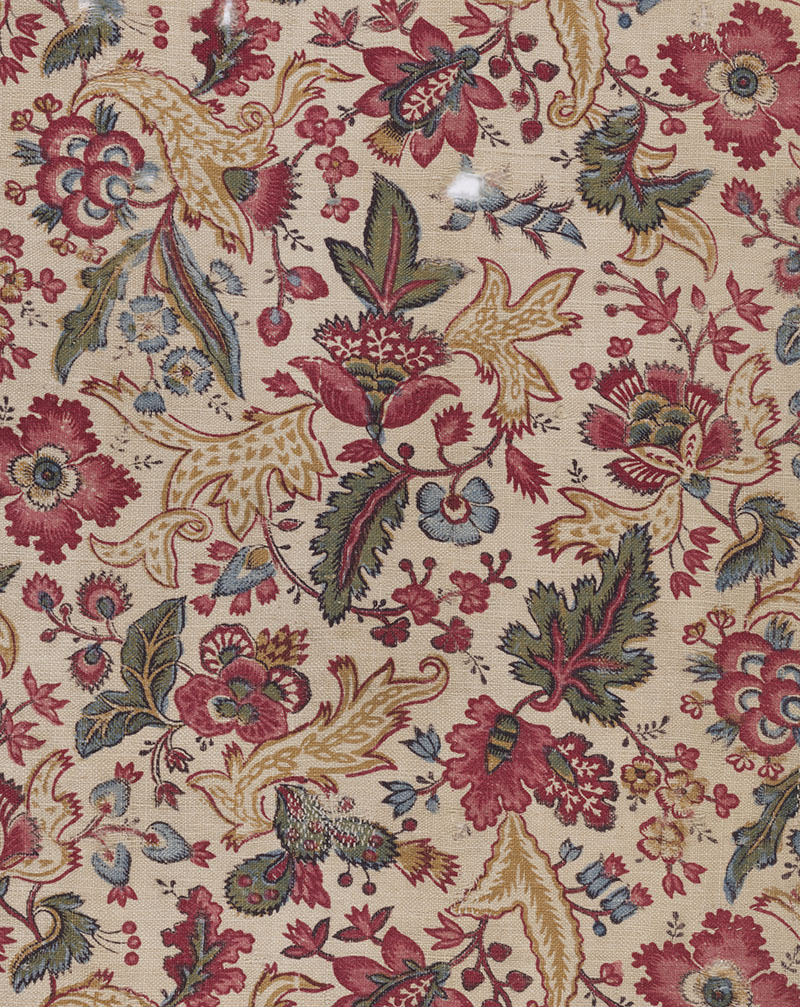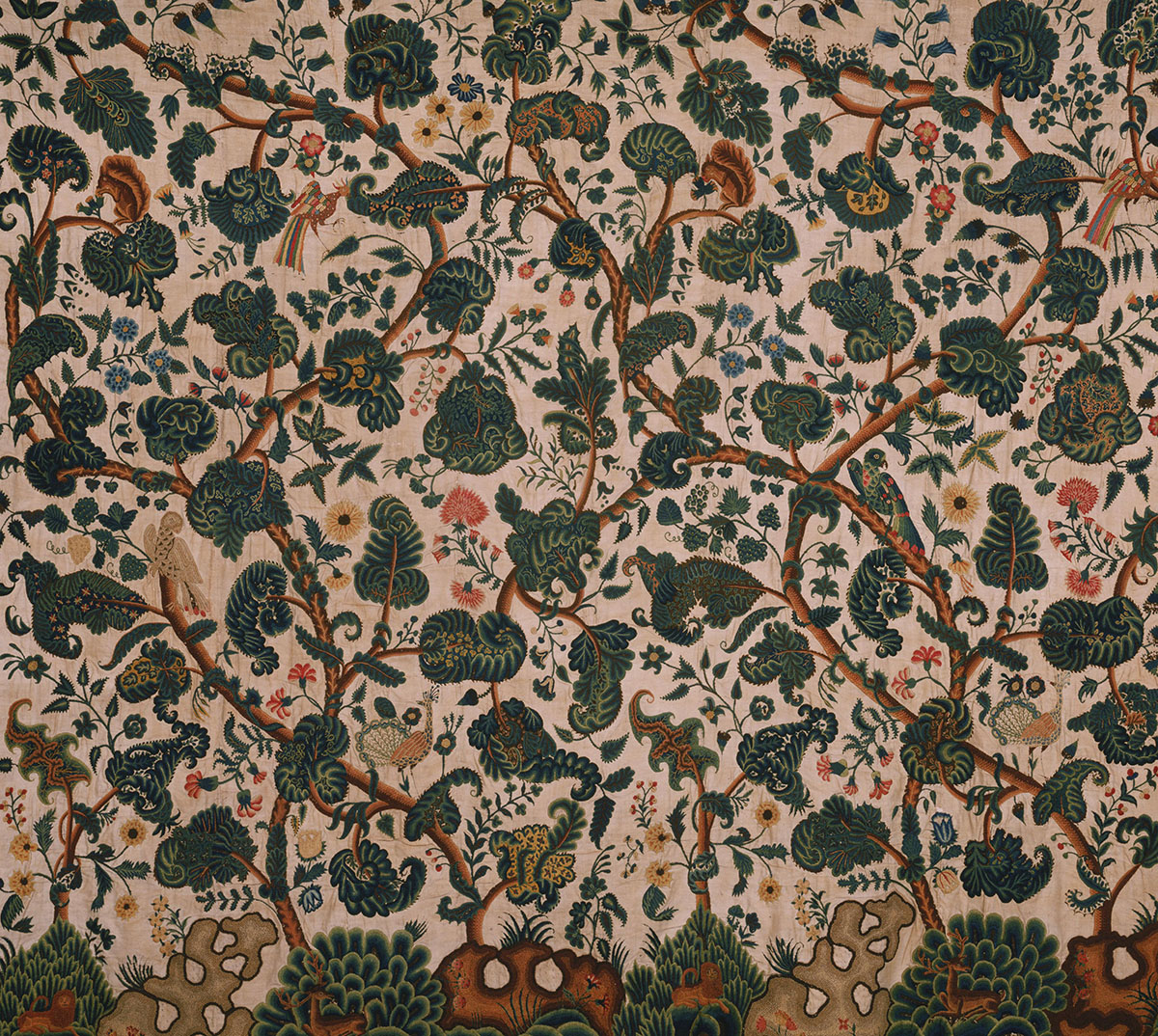ARTICLE
Calico
The erosion of the Indian presence in the Calico market of the nineteenth century was largely due to the use of mechanised looms, which had been improved over the decades inside Britain’s protected textile economy. This effectively rendered both Indian and British weavers decreasingly useful to British interests and ultimately led to India being demoted to a mere supplier of raw cotton. However, by the late nineteenth and early twentieth century, Indian manufacturers — especially those from key western coastal cities such Bombay, Surat and Ahmedabad — had built factories of their own, allowing for a measure of economic independence from the British, especially during the period of the Indian National Movement.
Today, Calico is produced in much the same areas as before — that is, on the Gujarat and Malabar coasts. A testament to the impact that the global trade, since the British colonial era, had on the commodity is the current homogeneity of its use across the world: chiefly as a household textile and often as a discarded material used for appliqué or dummy designs or as base fabrics for test prints.
Historical collections of India’s Calico traditions are housed in museums across the world, the most notable and comprehensive of which is in The Calico Museum of Textiles in Ahmedabad, which gets its name from the Calico Mills of Ahmedabad, where it was originally housed.
Bibliography
Our website is currently undergoing maintenance and re-design, due to which we have had to take down some of our bibliographies. While these will be re-published shortly, you can request references for specific articles by writing to hellomapacademy@map-india.org.








